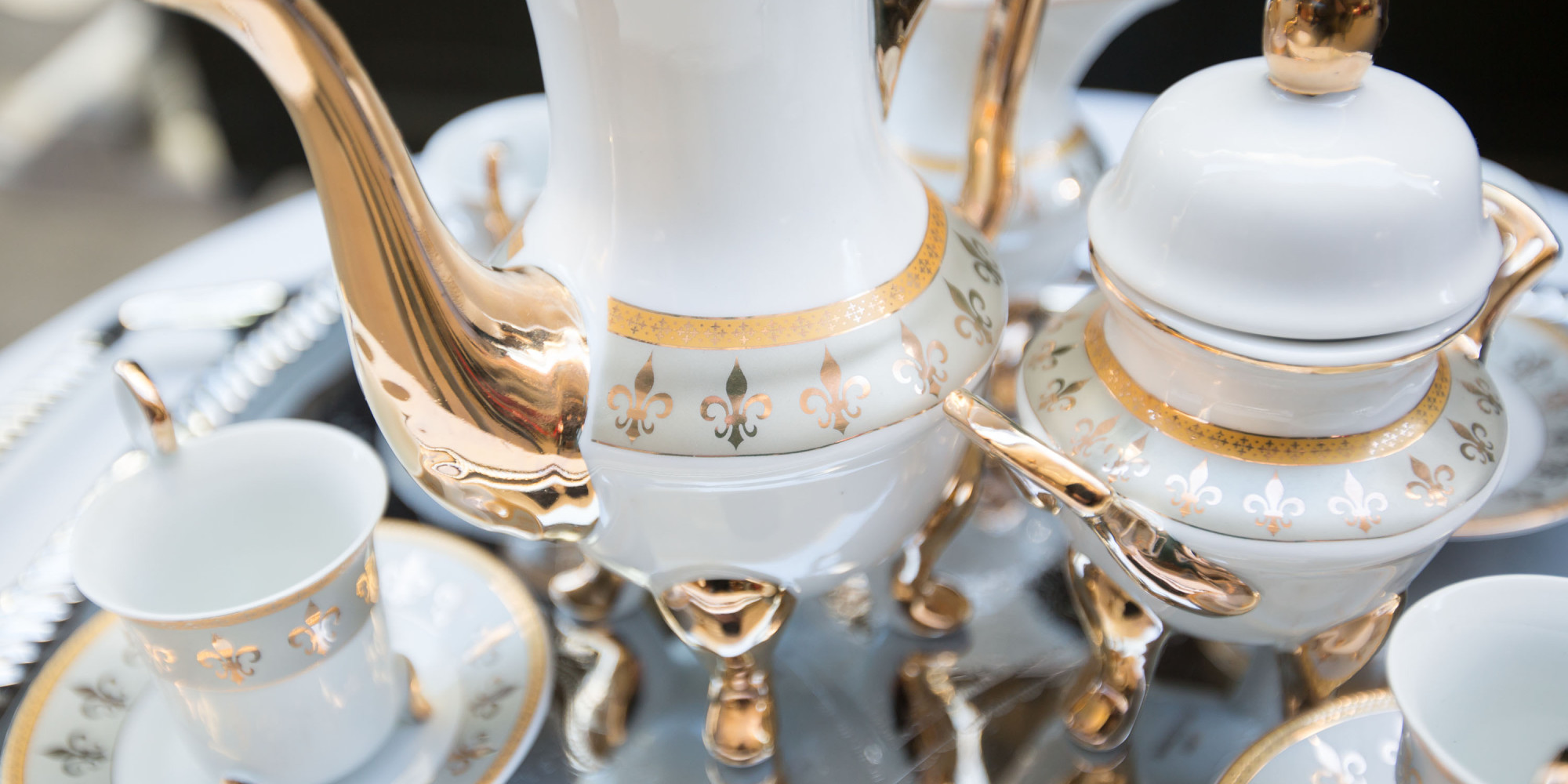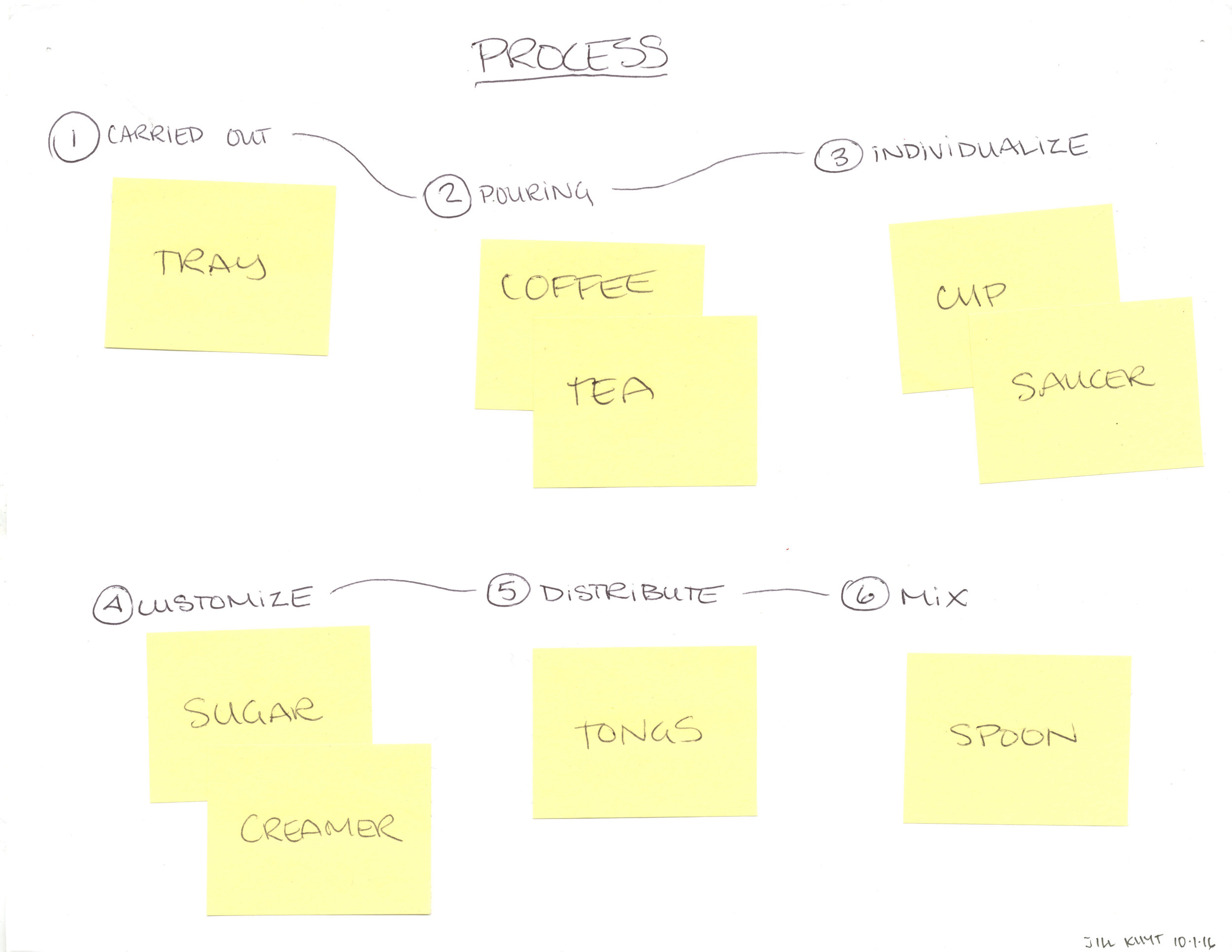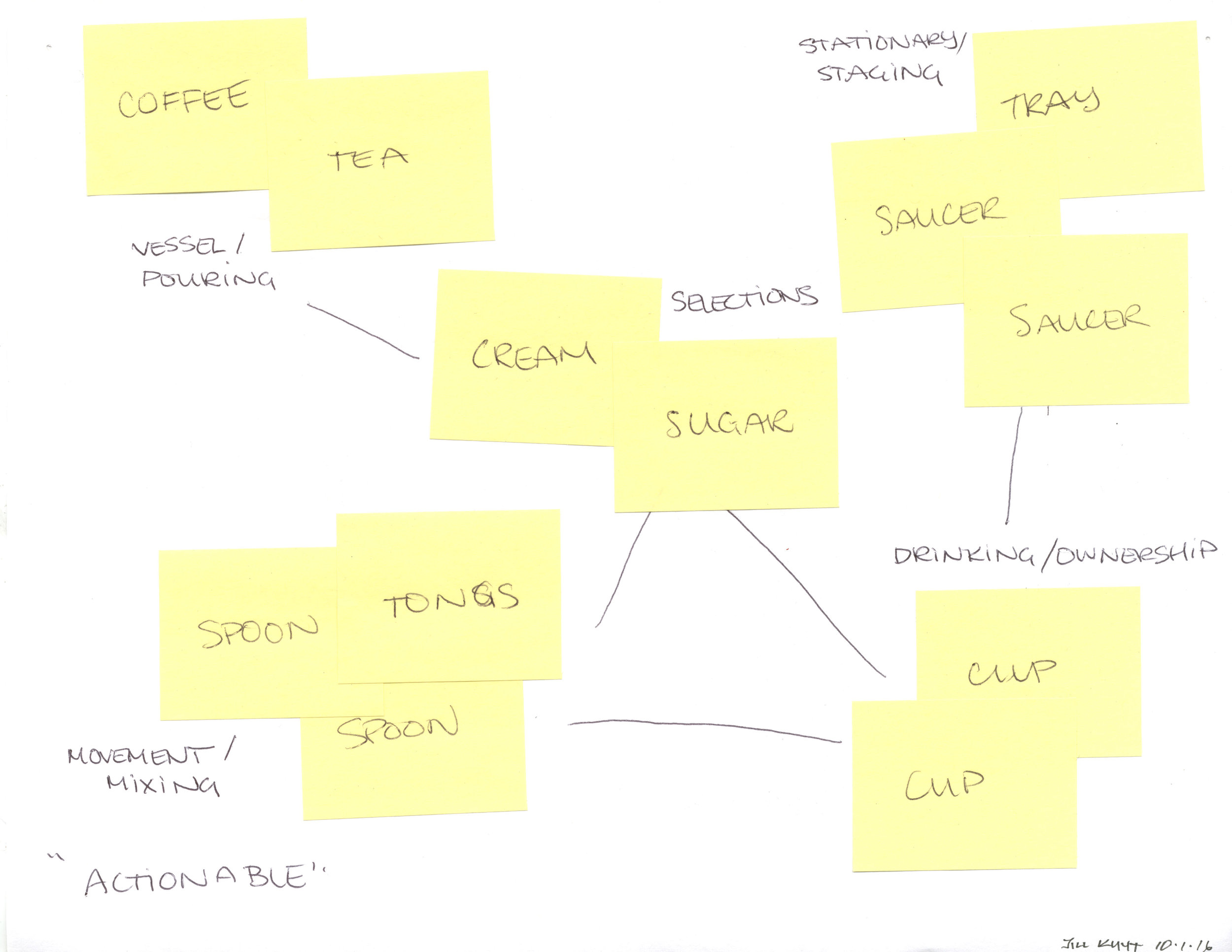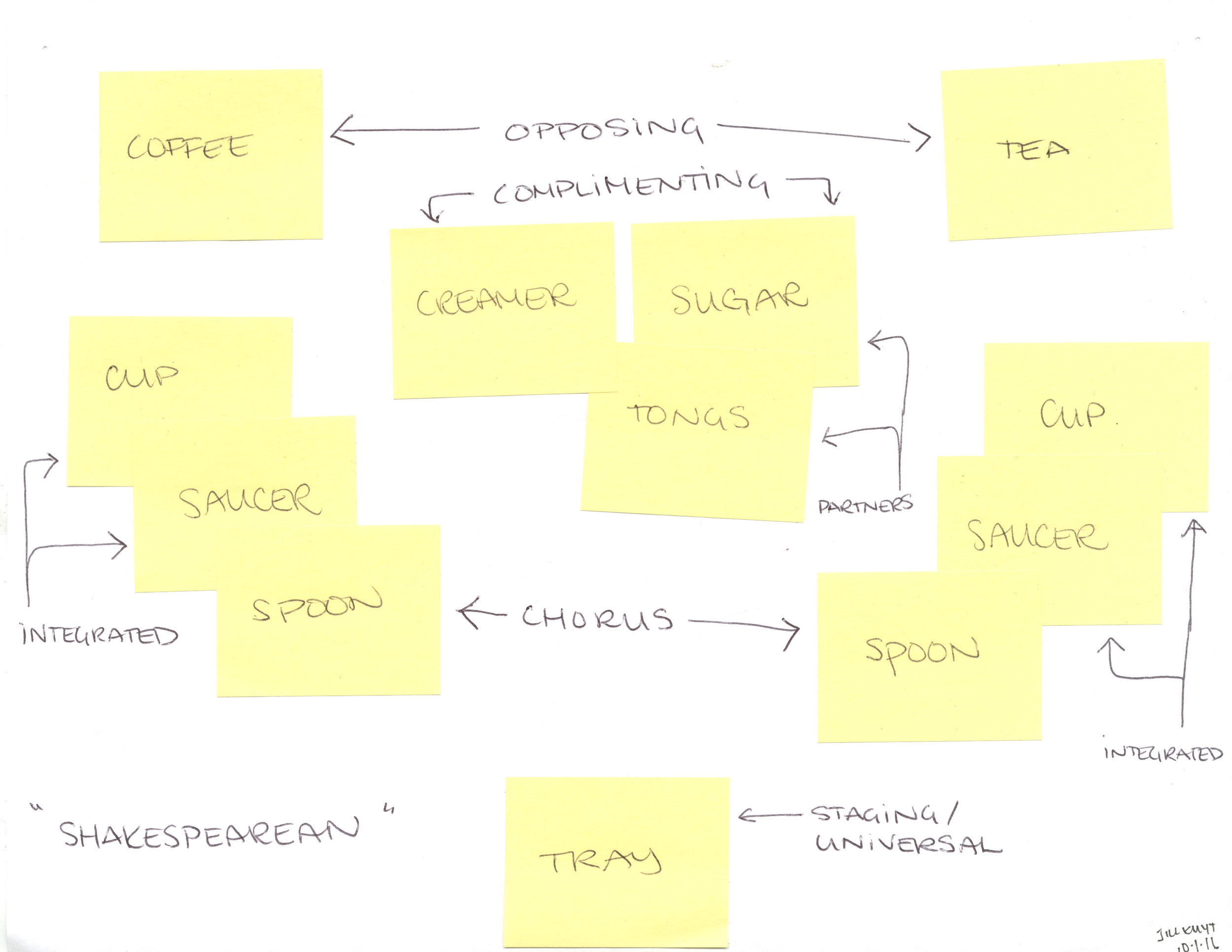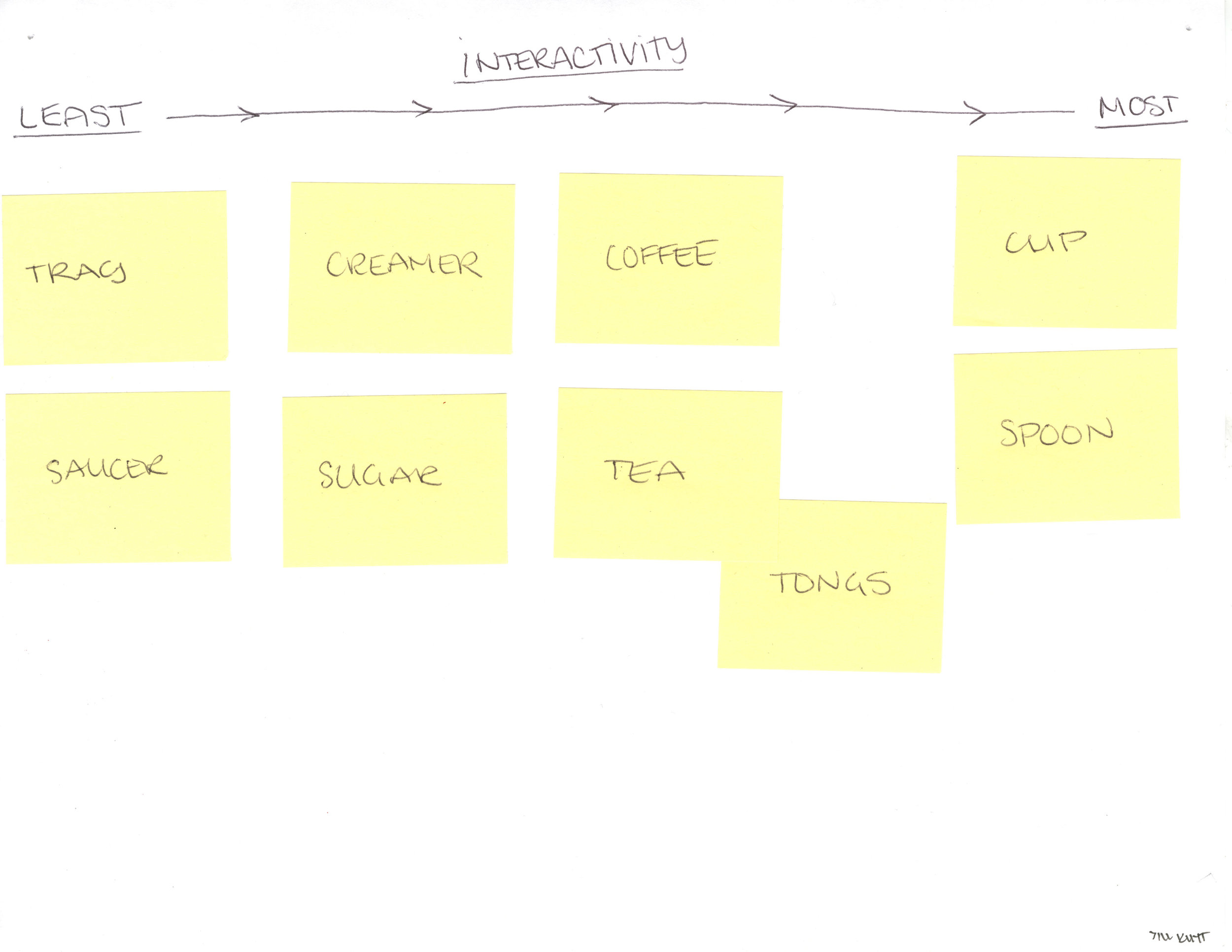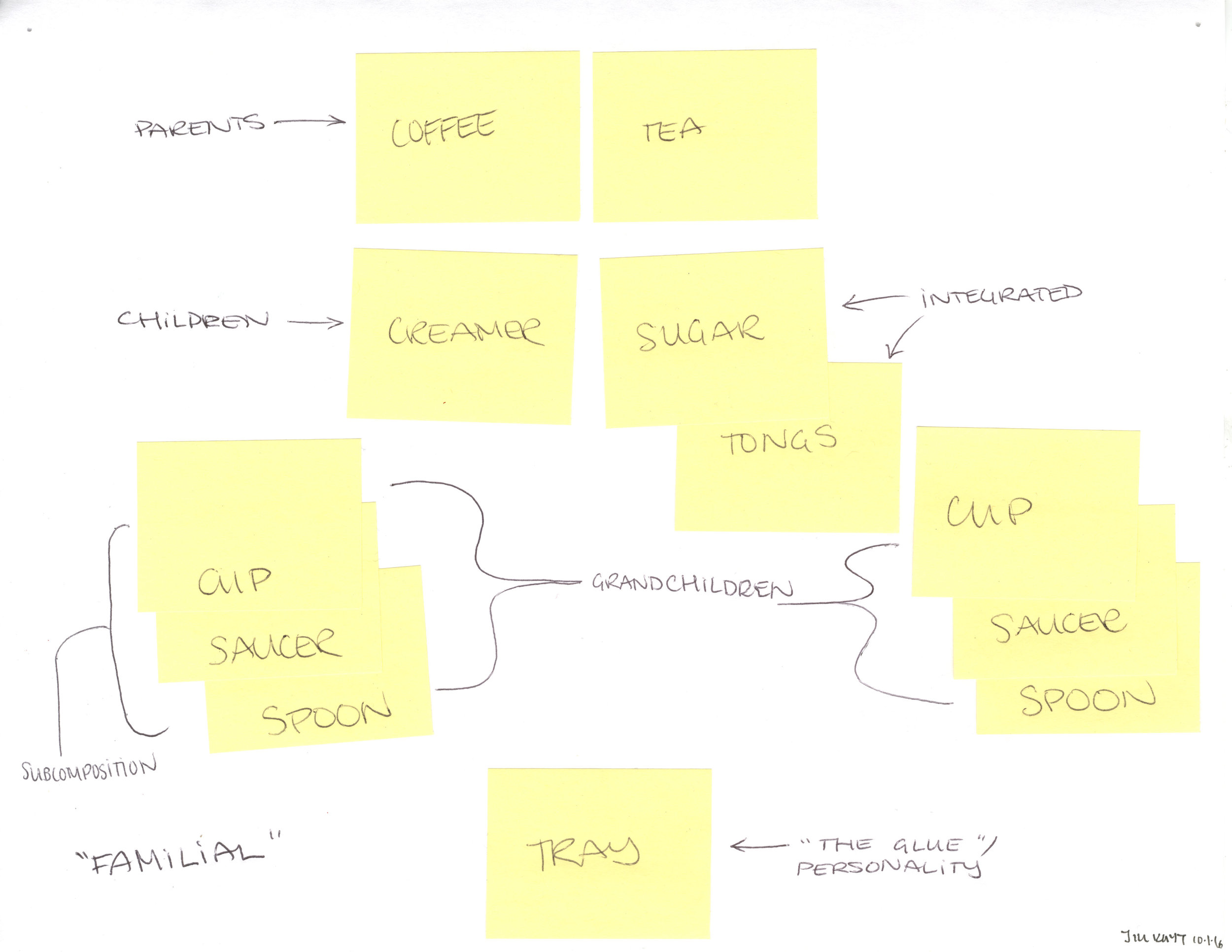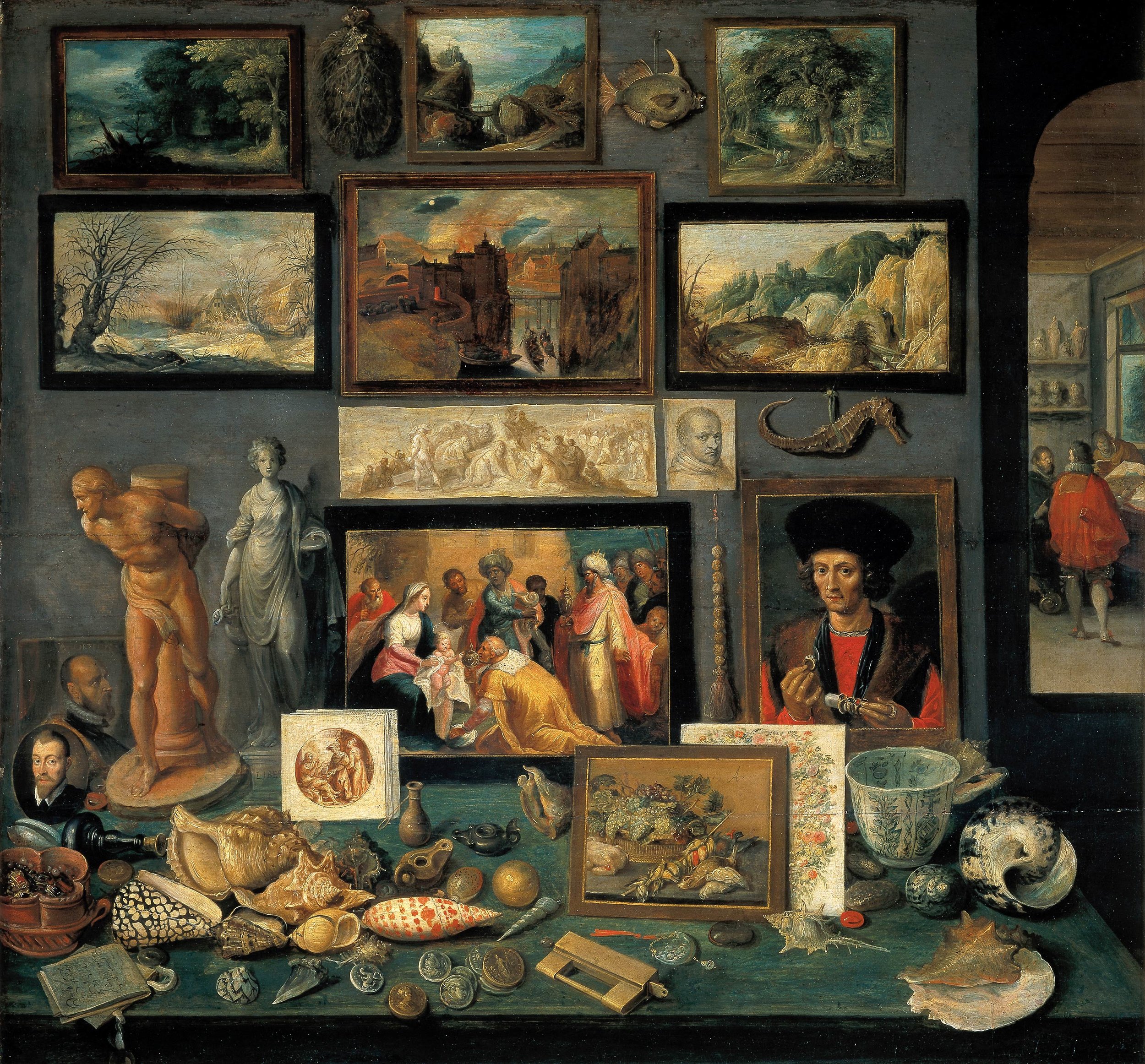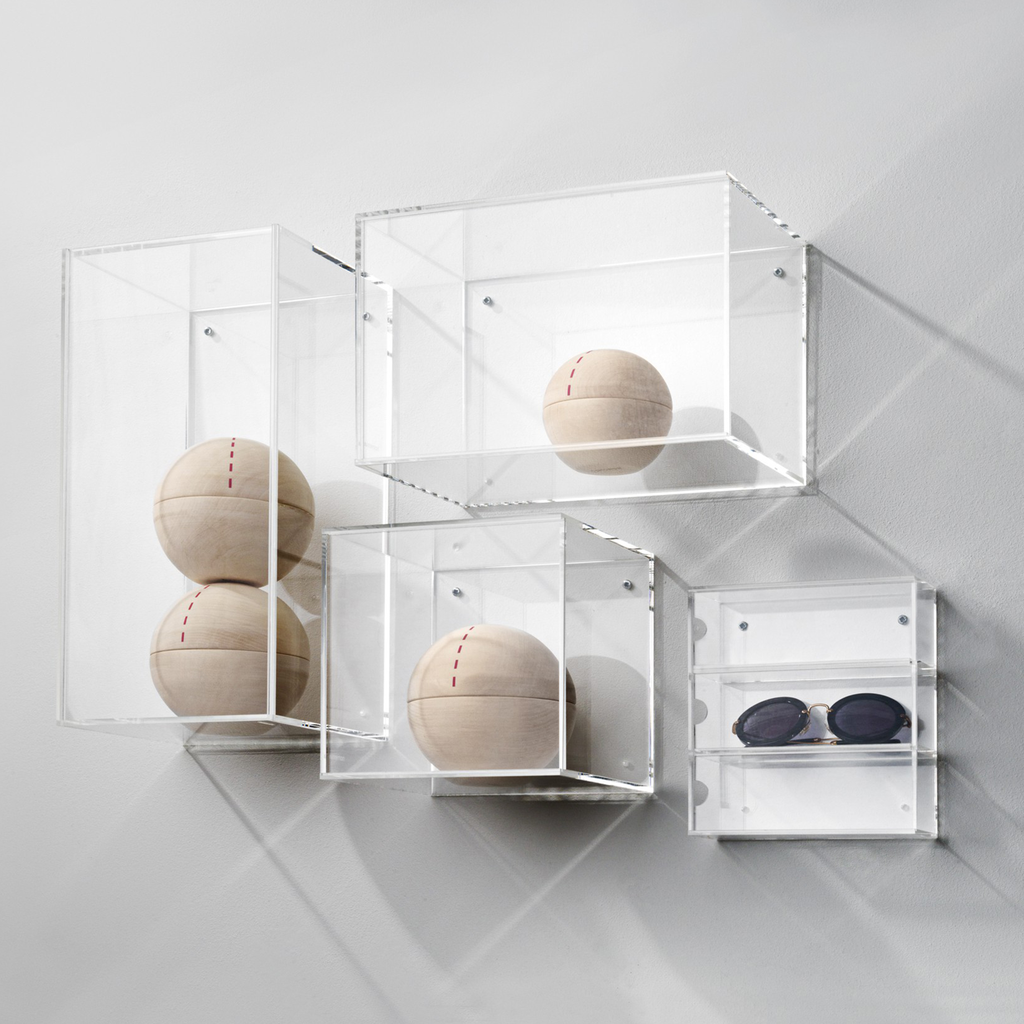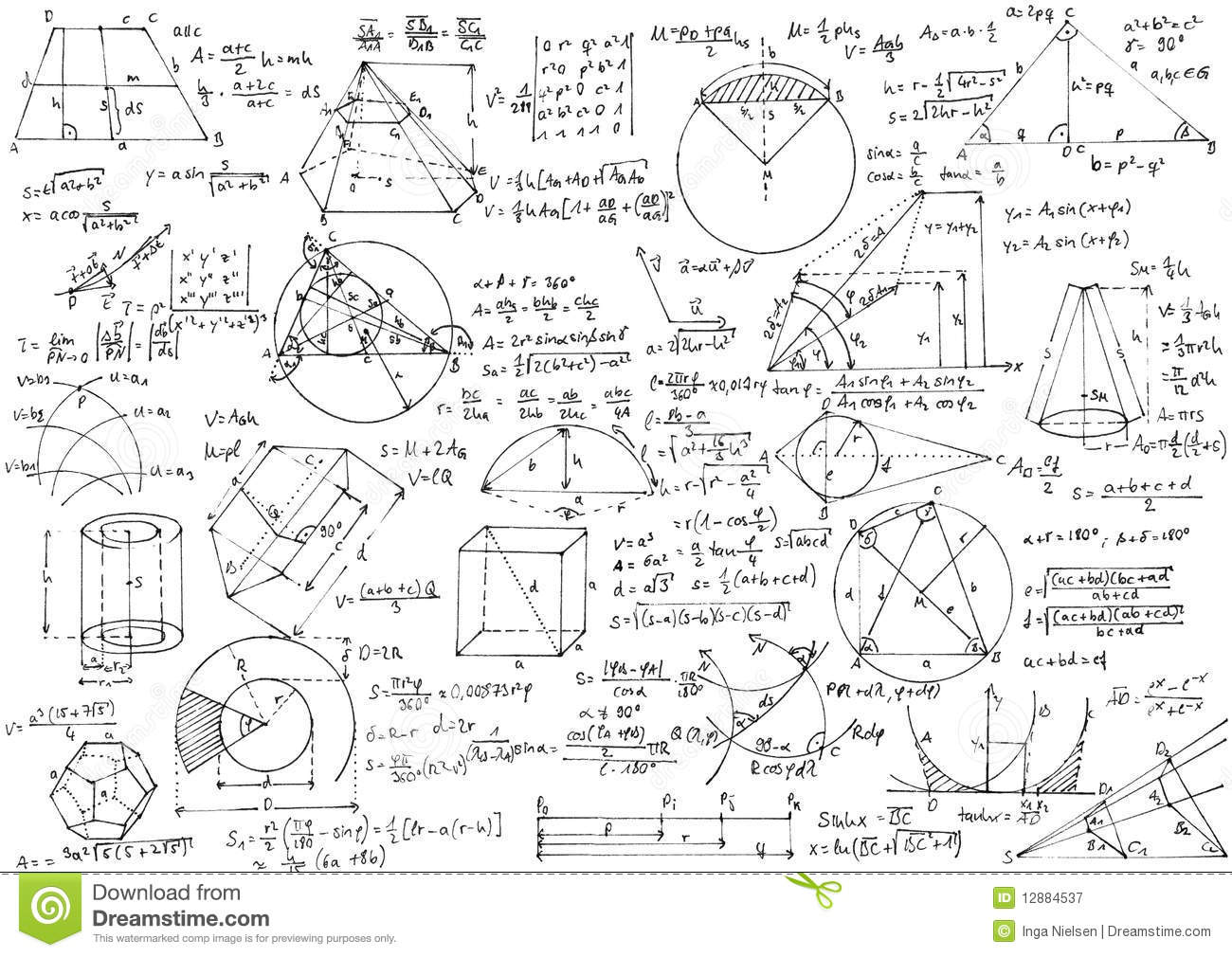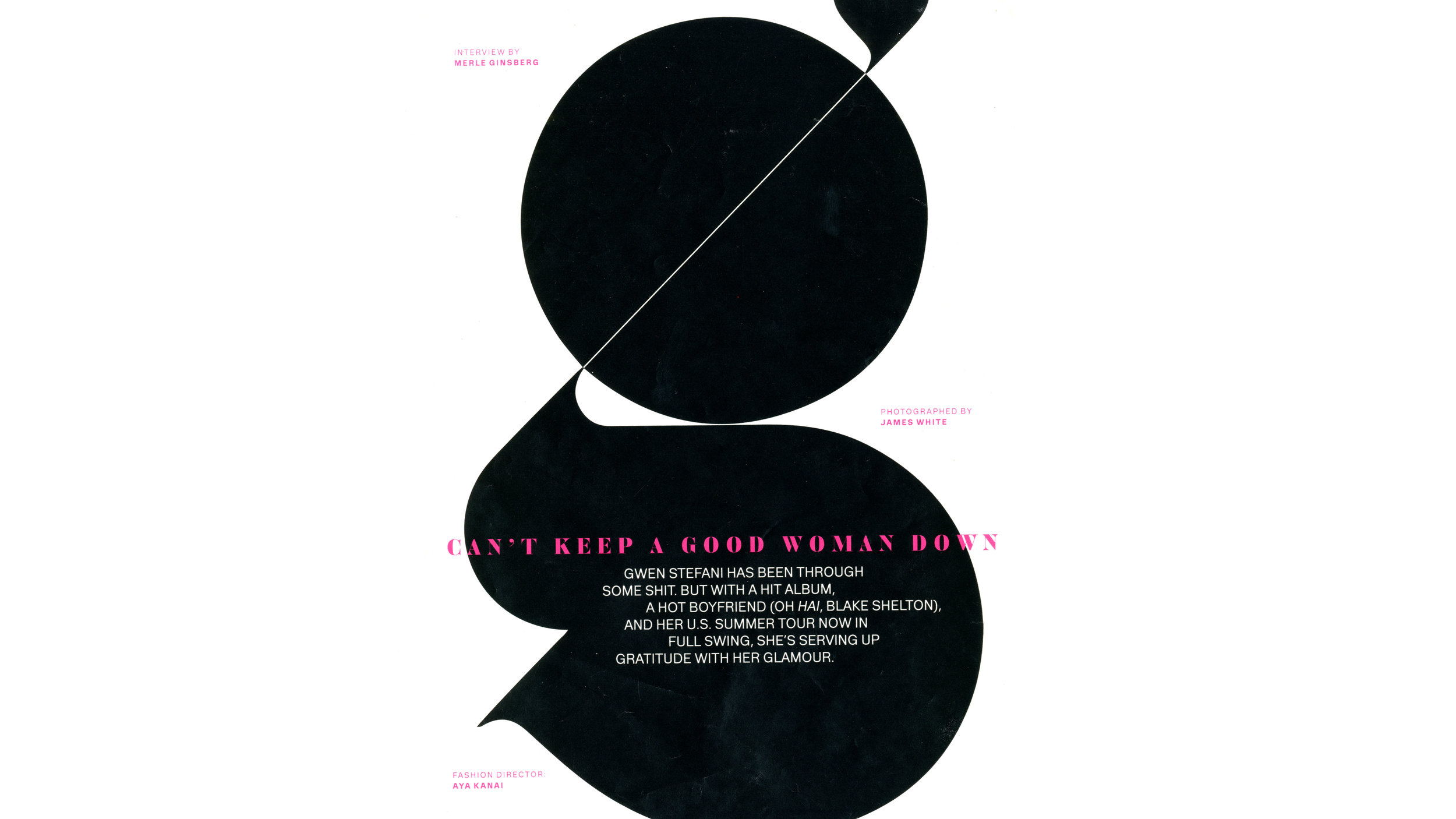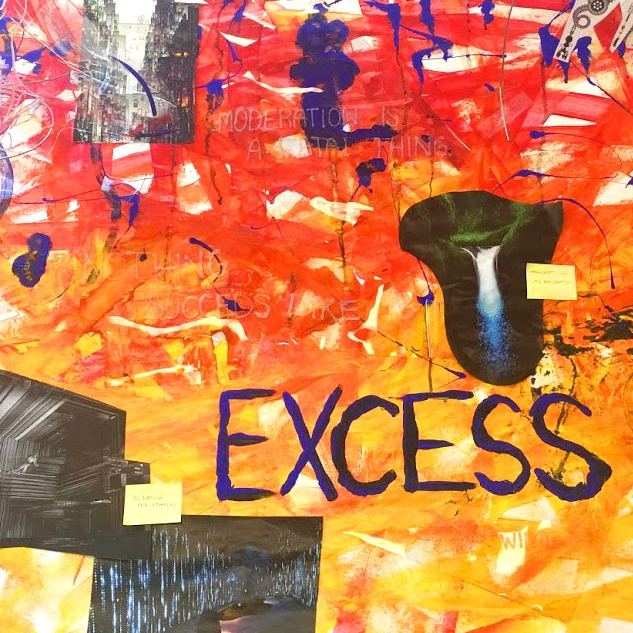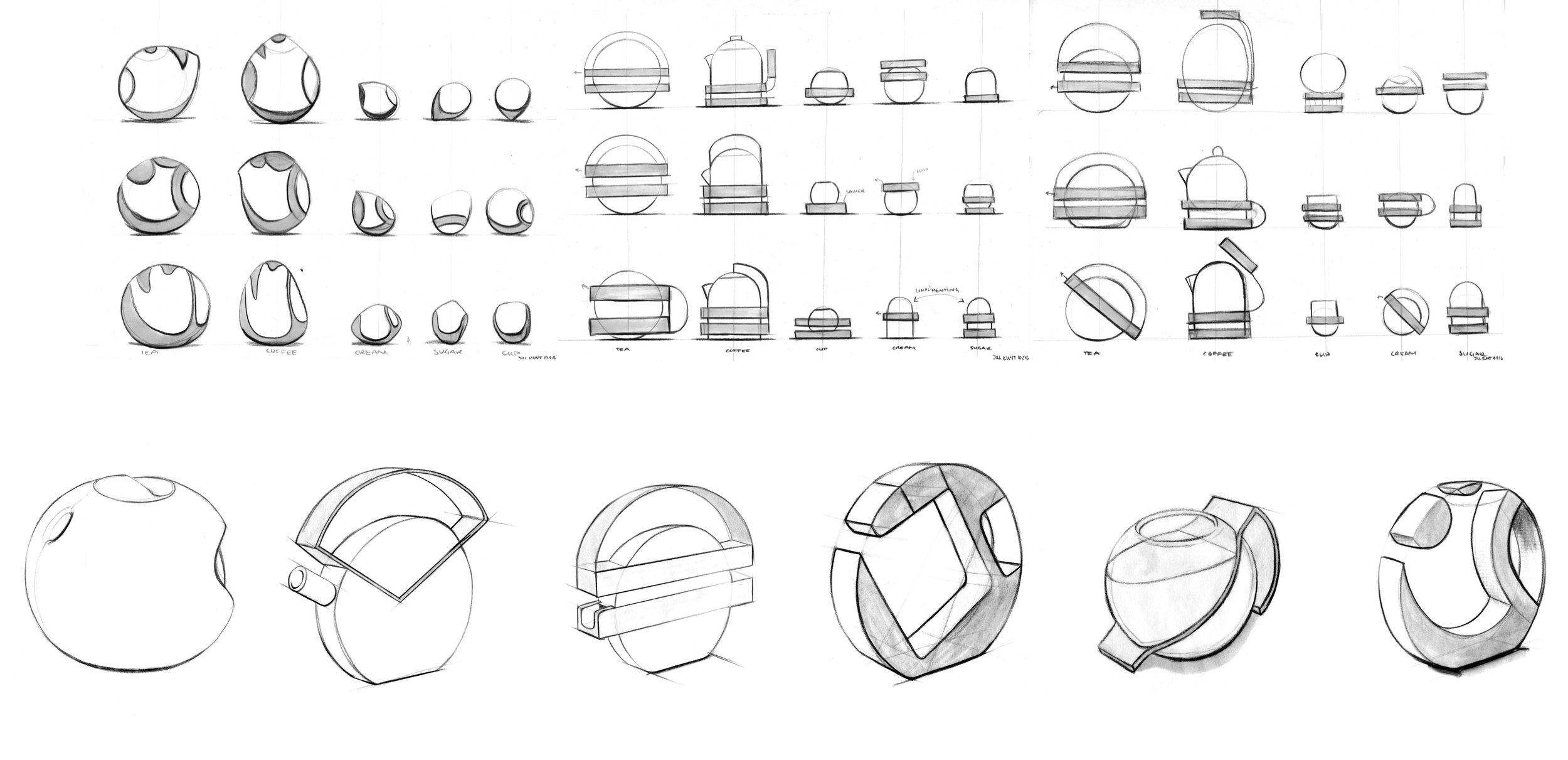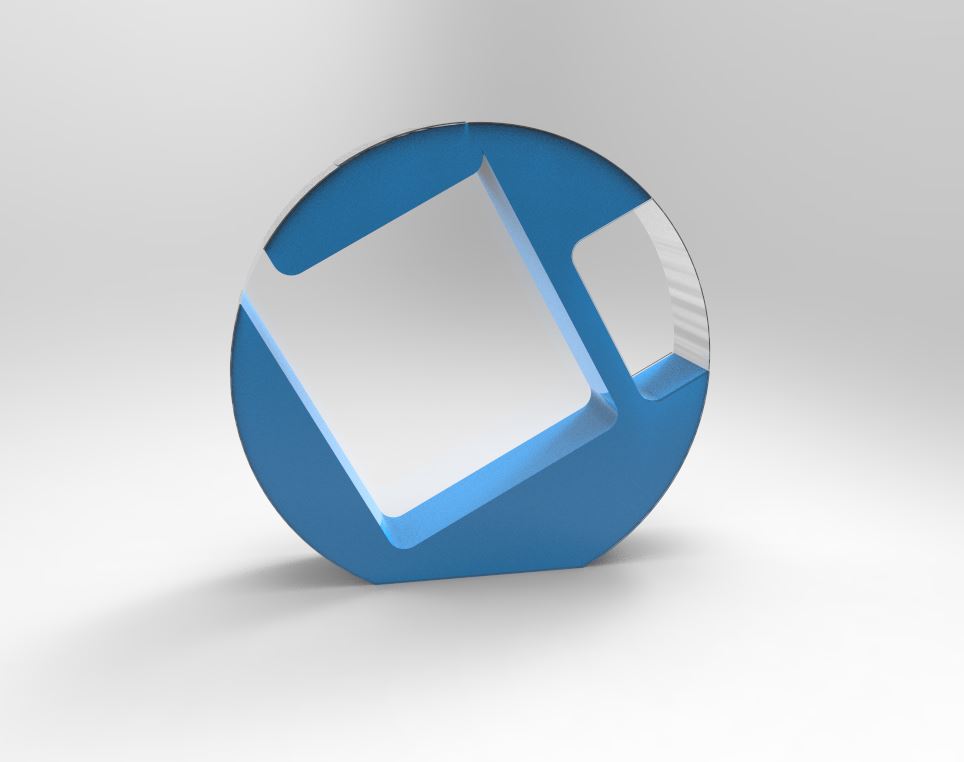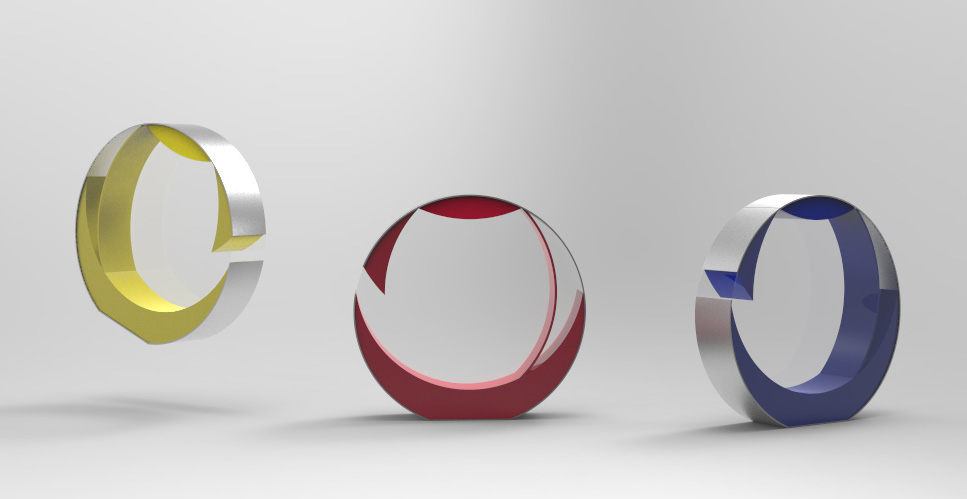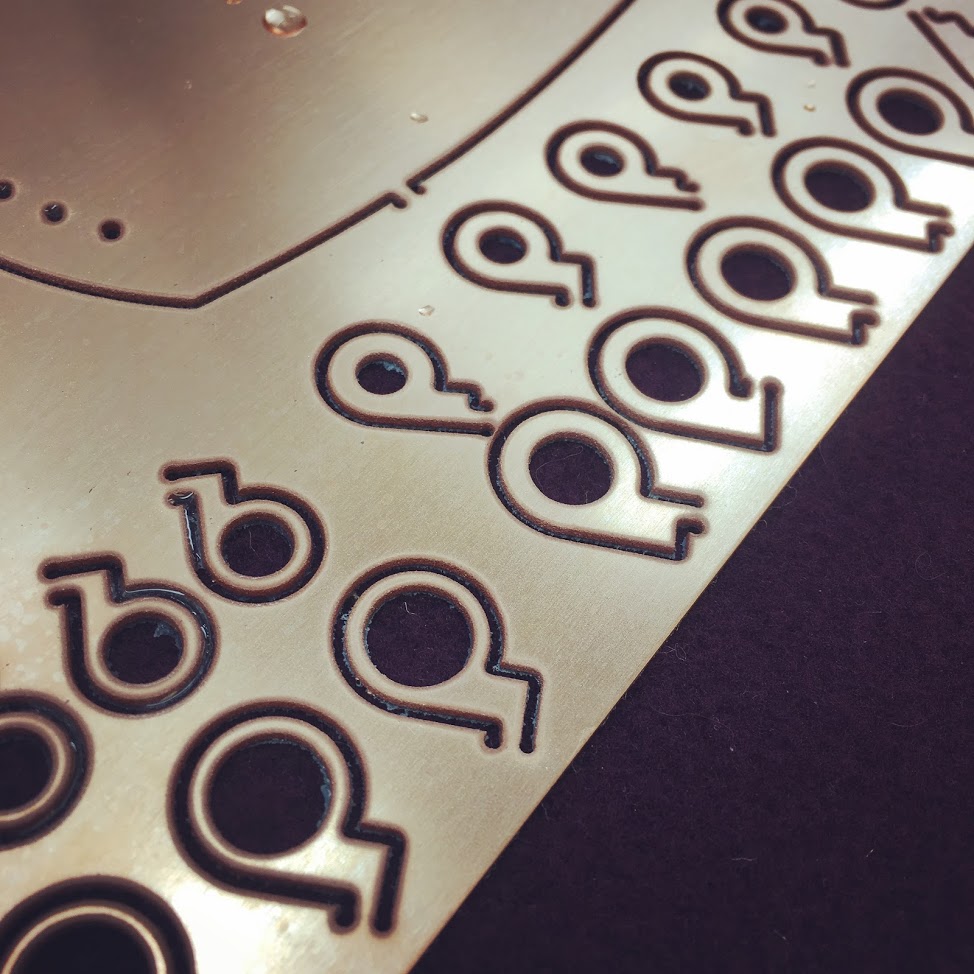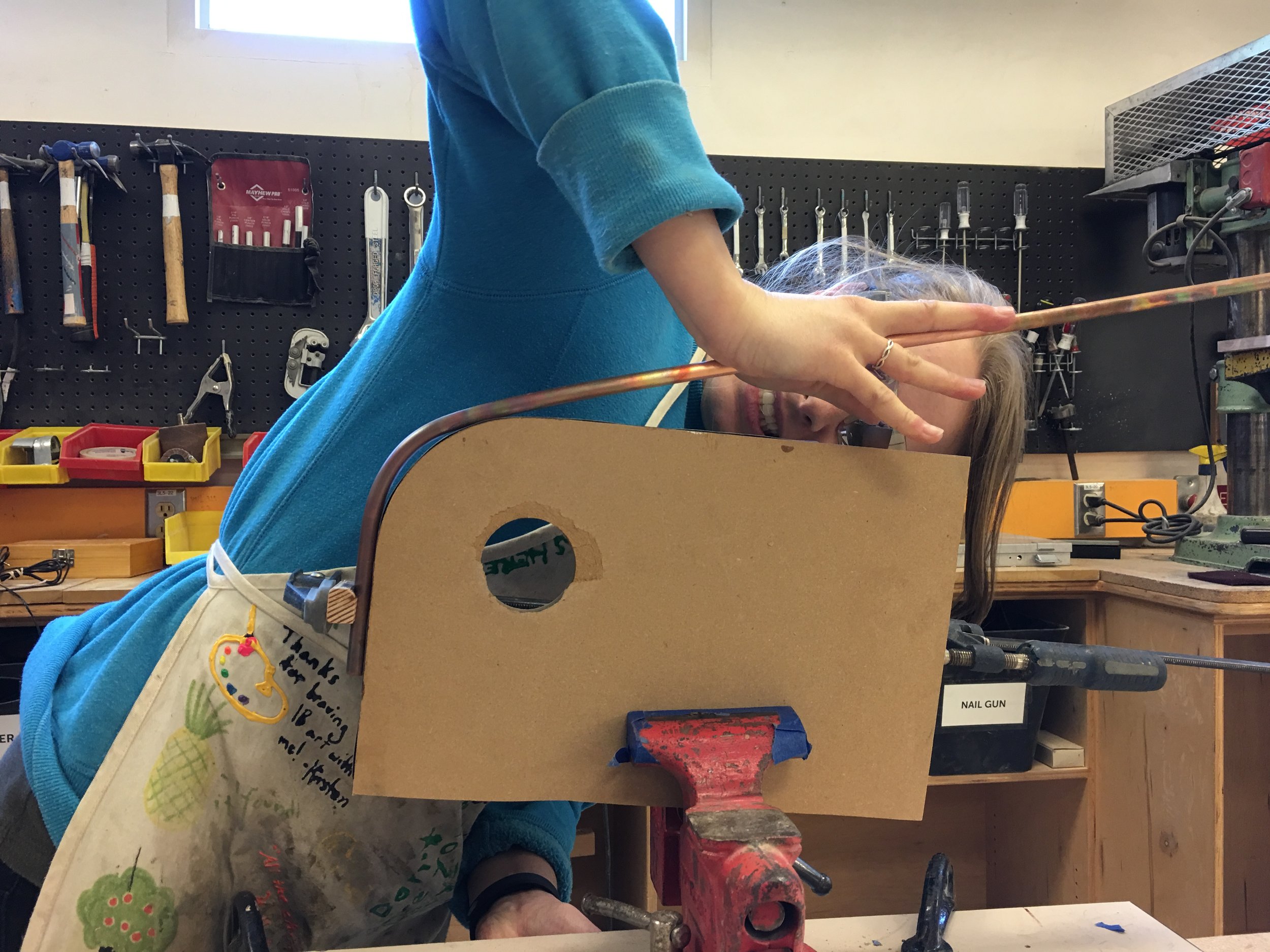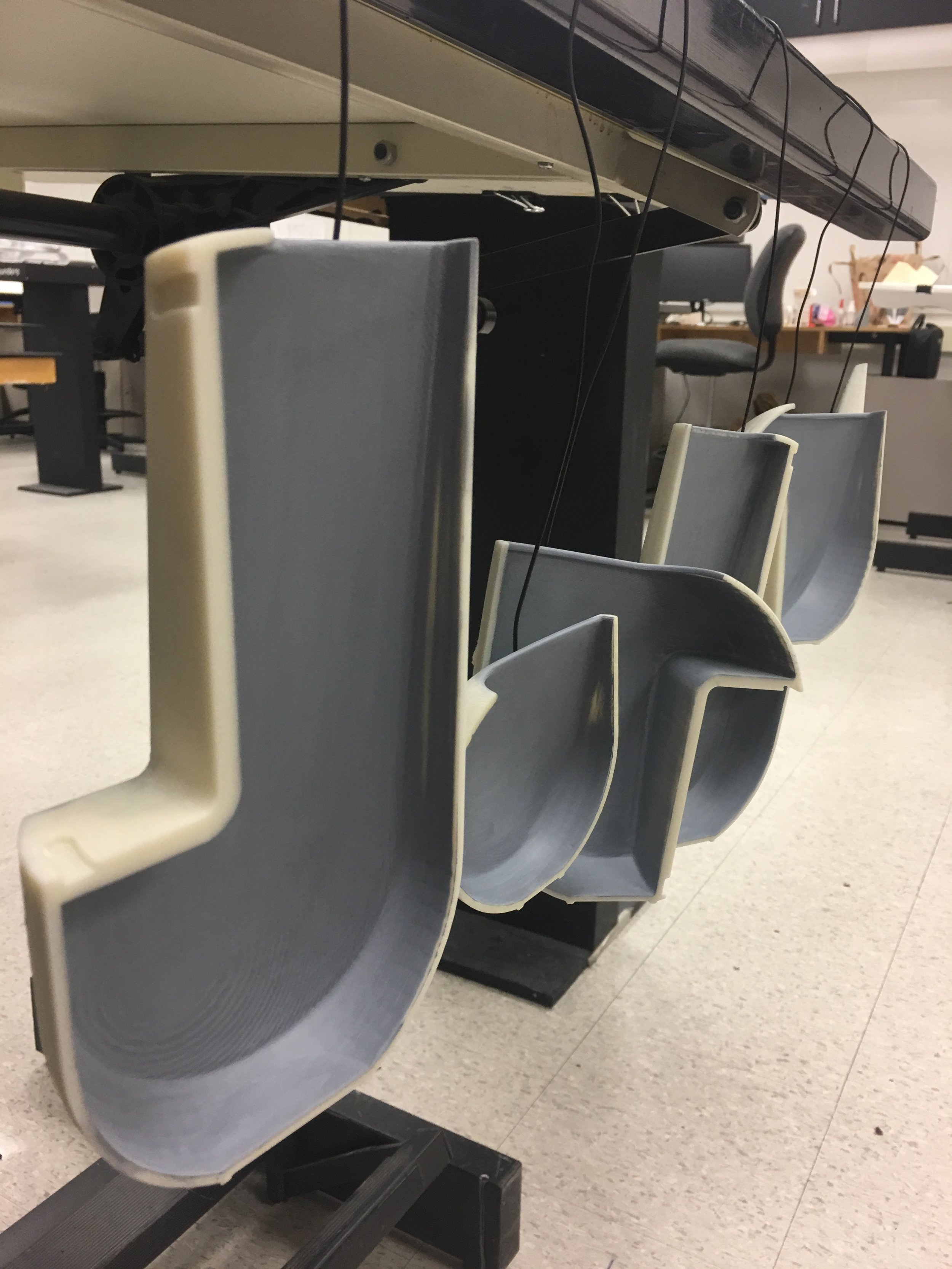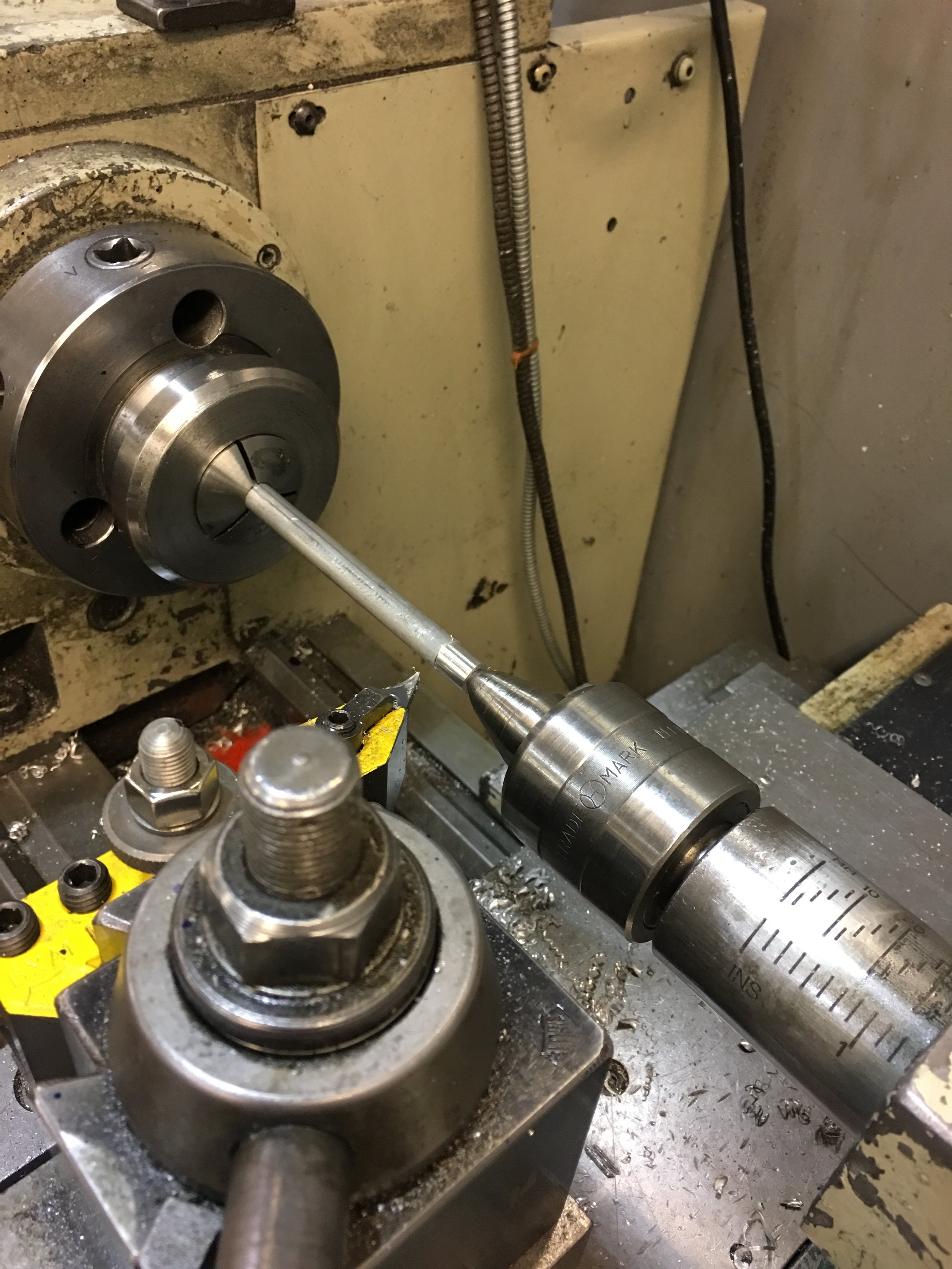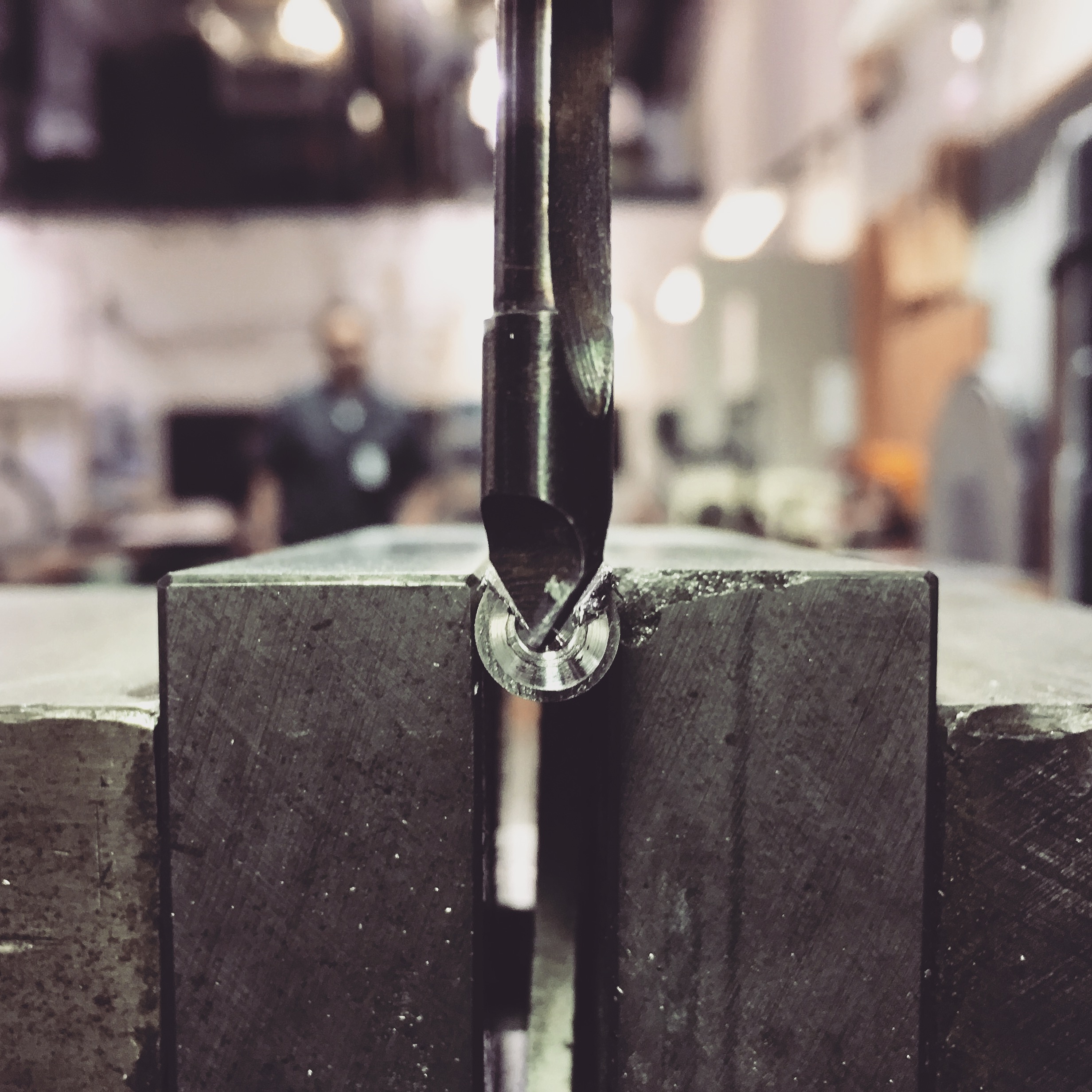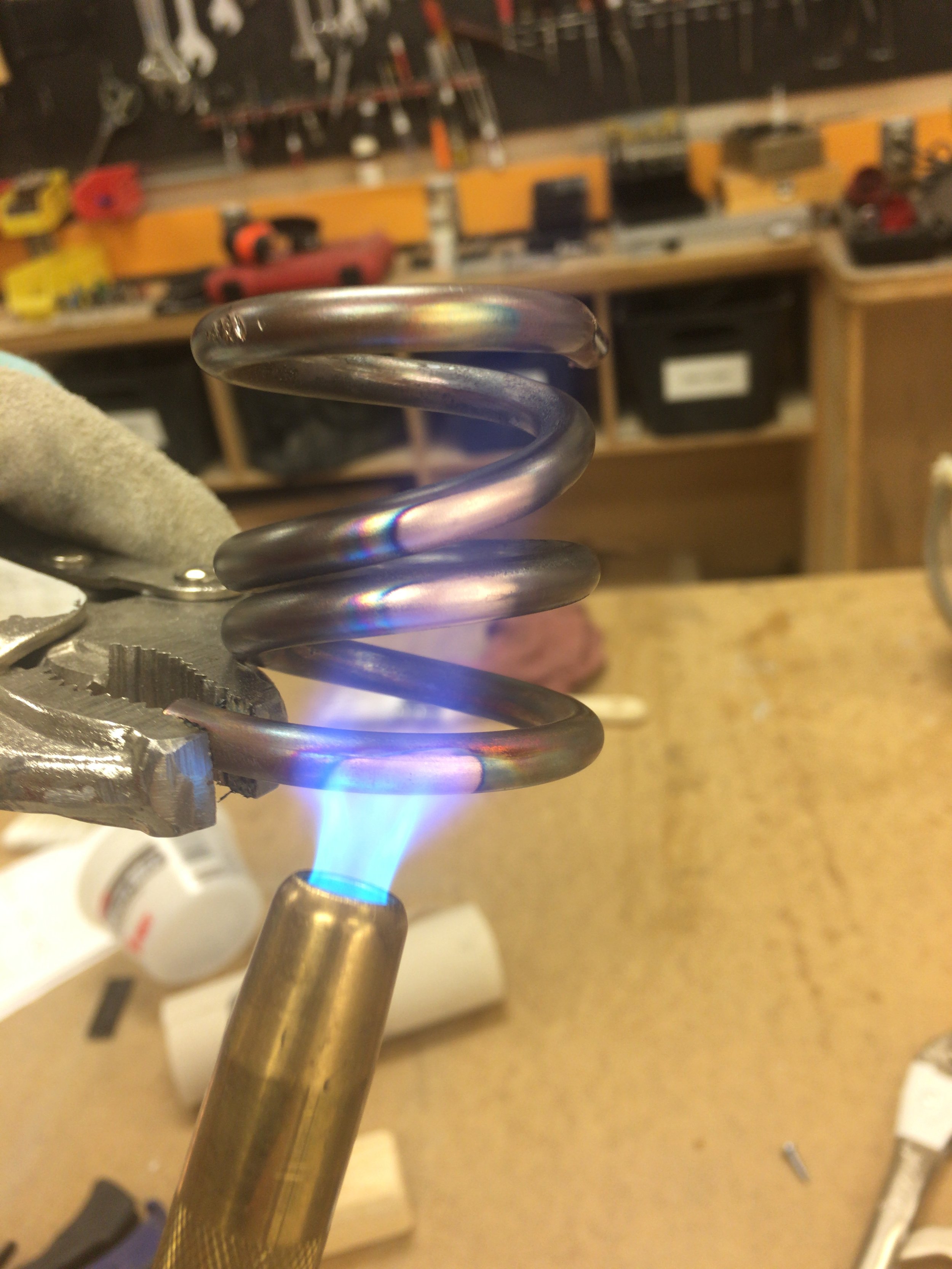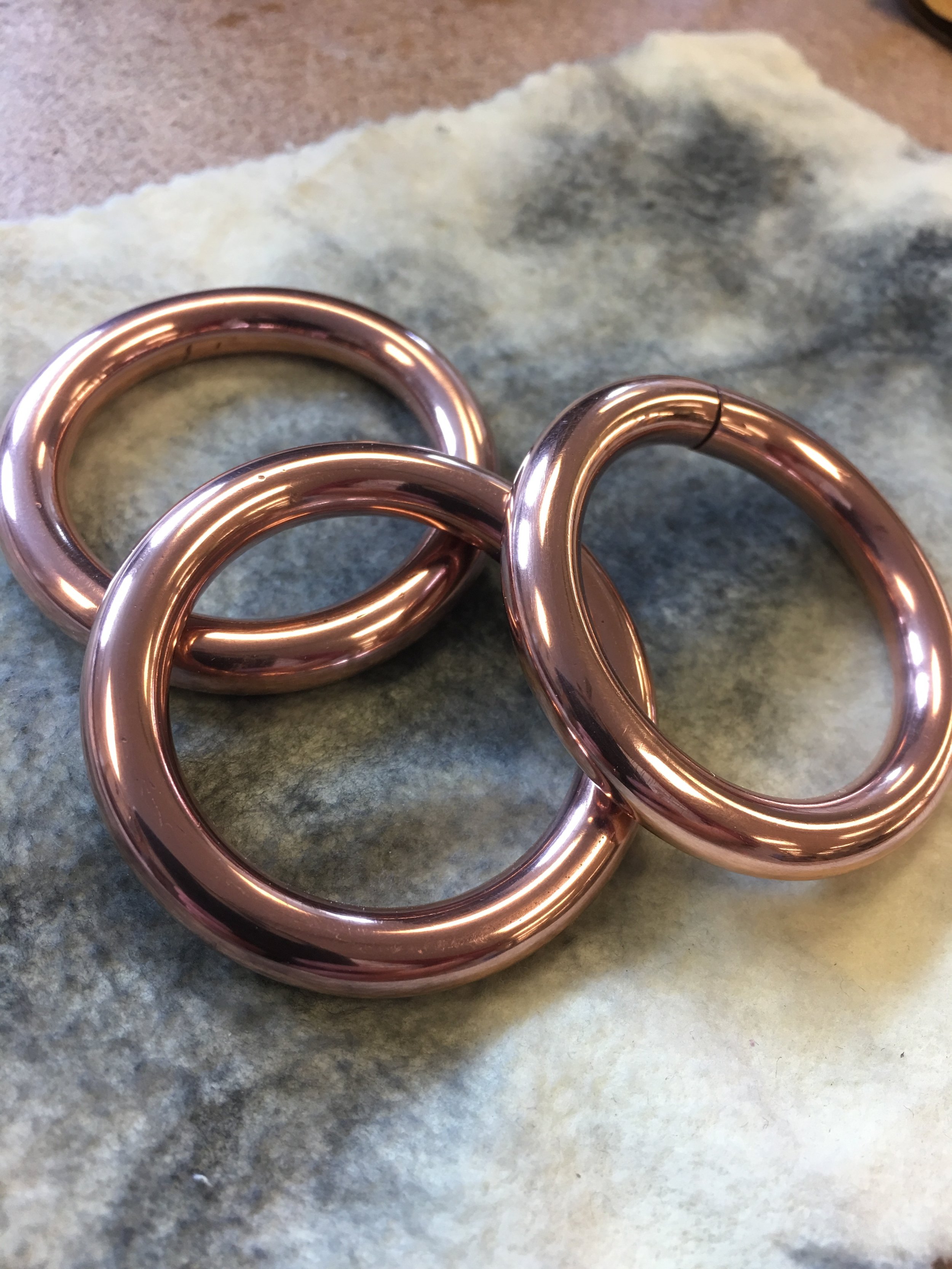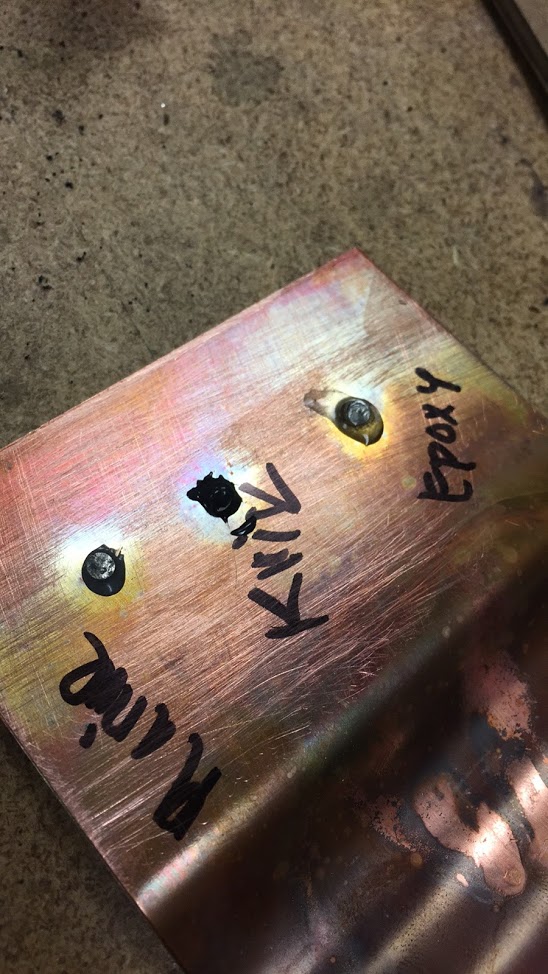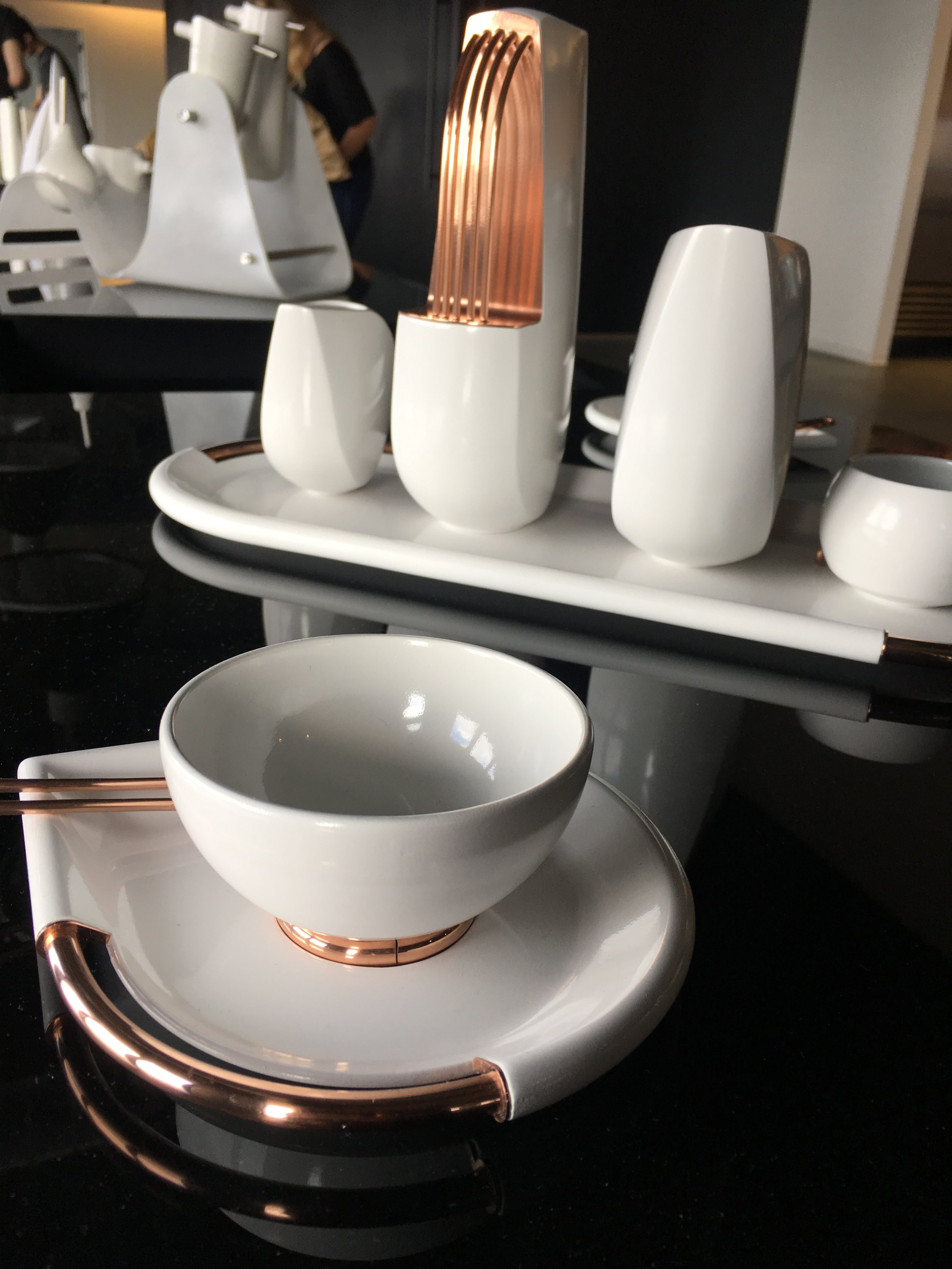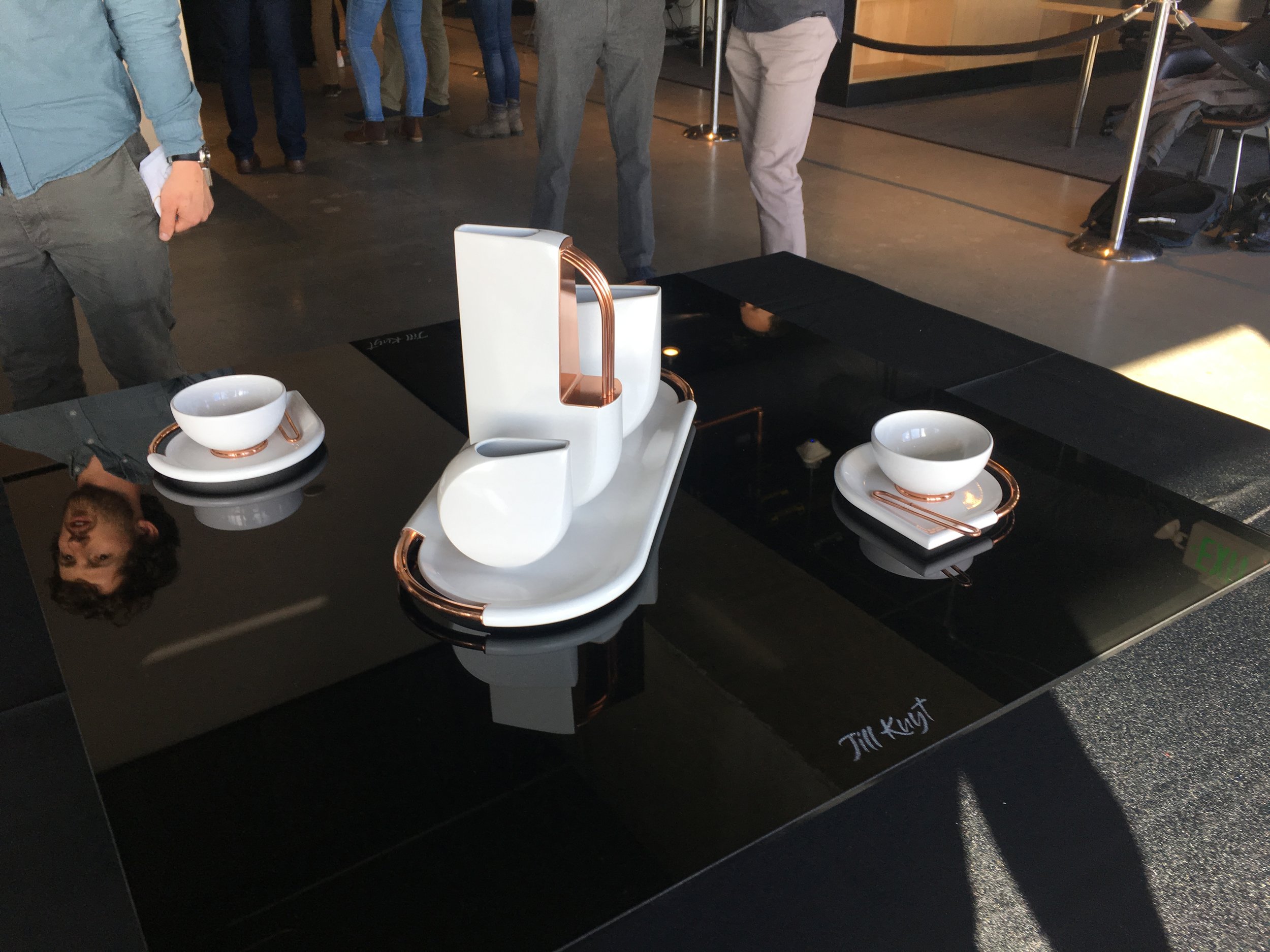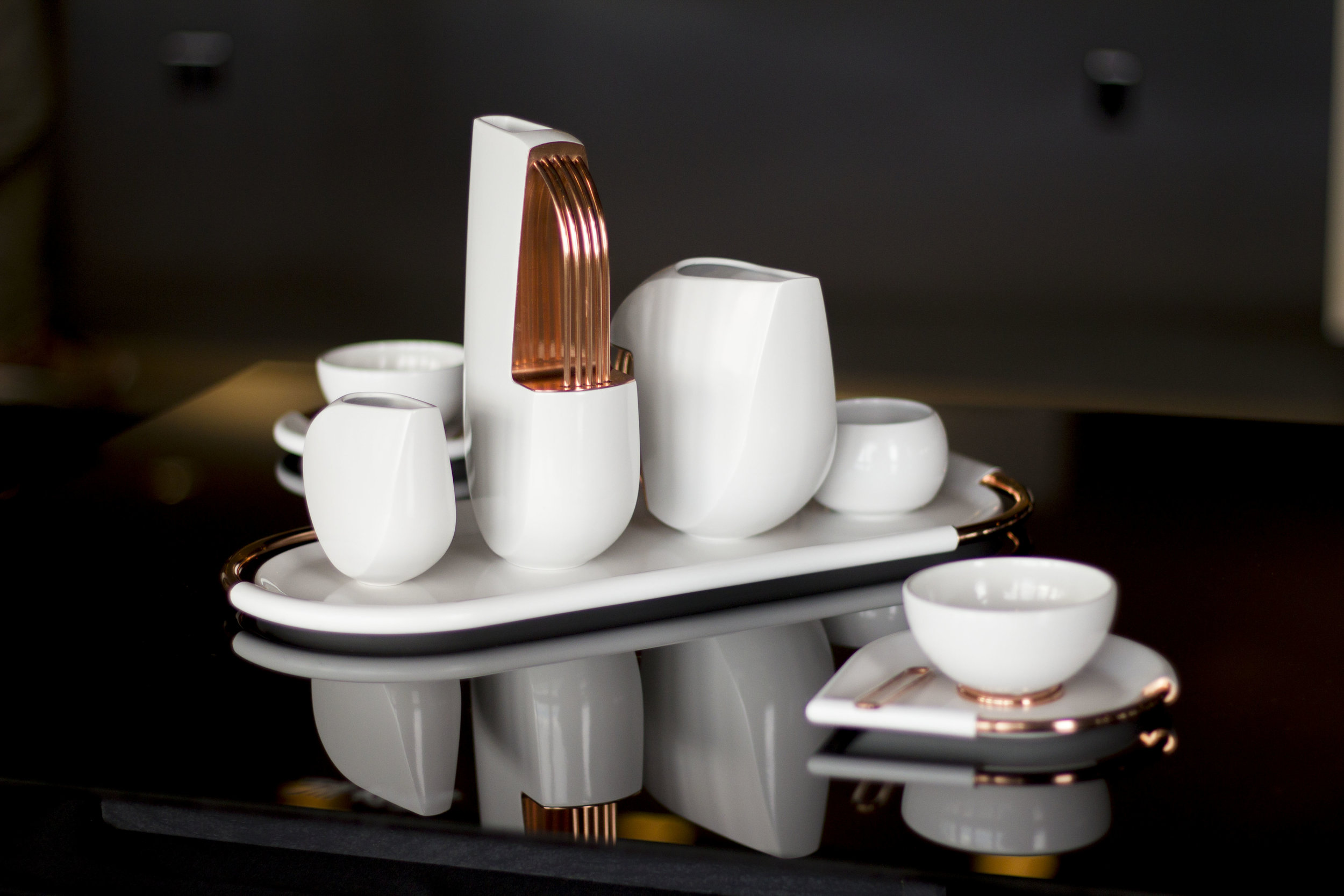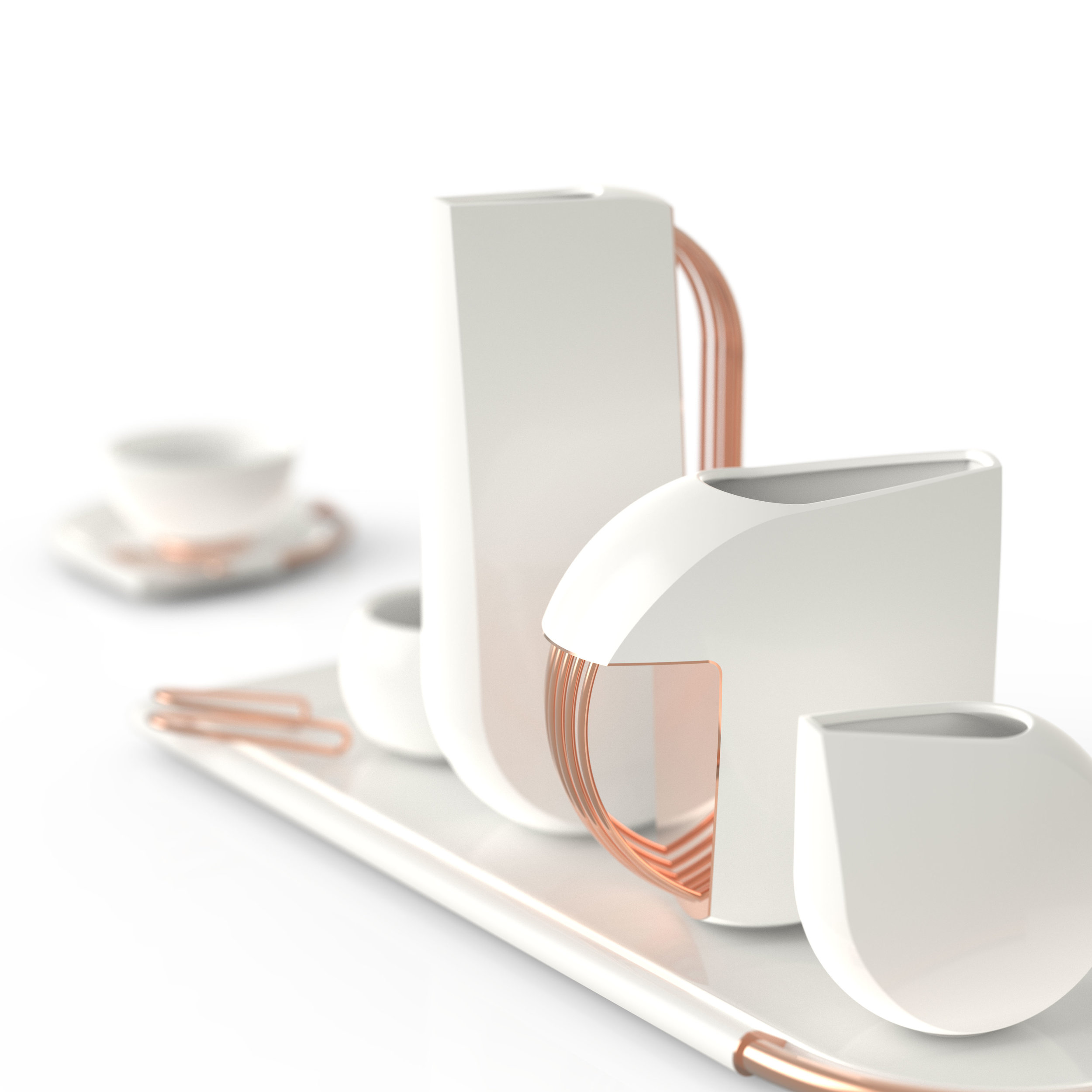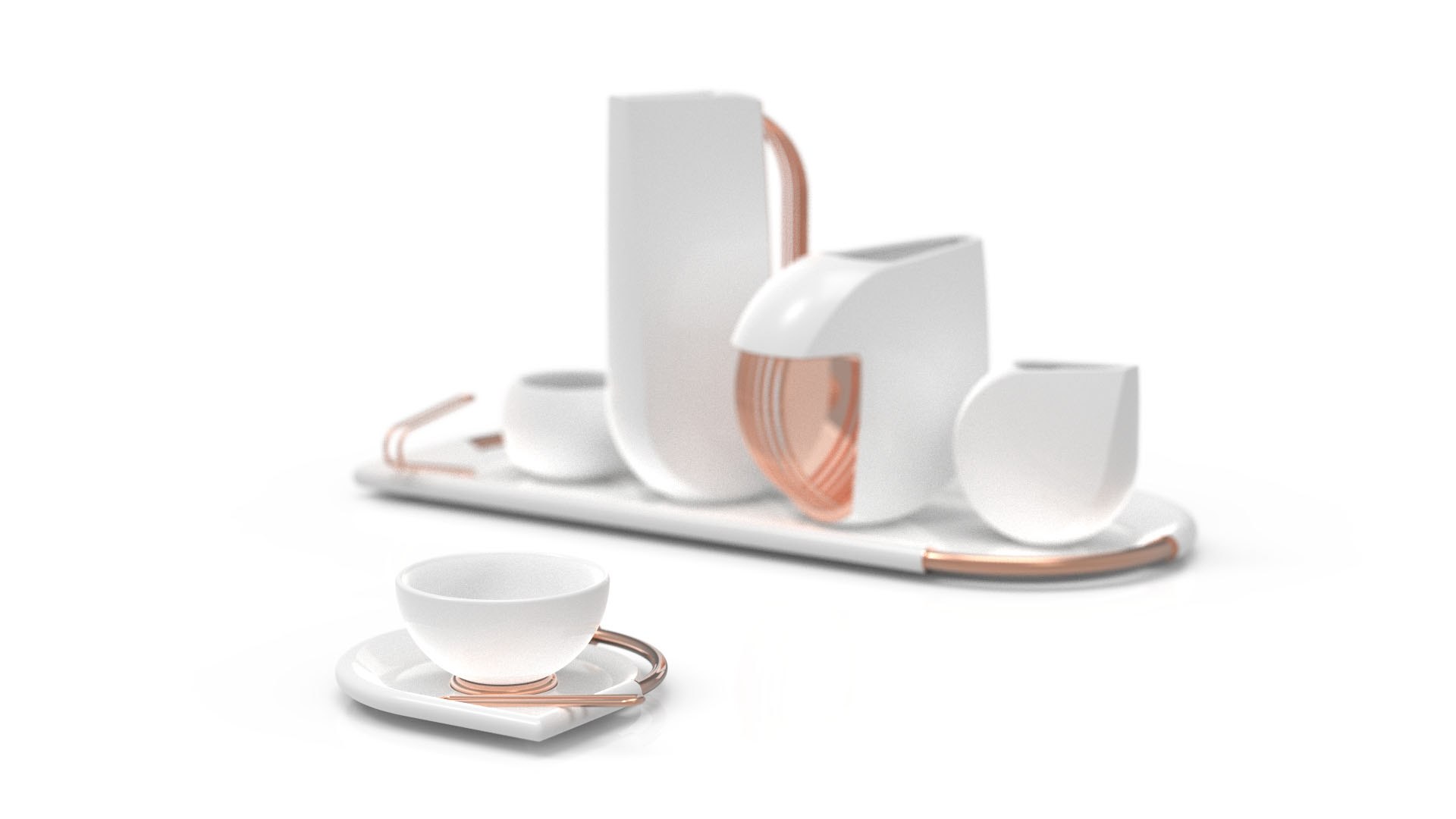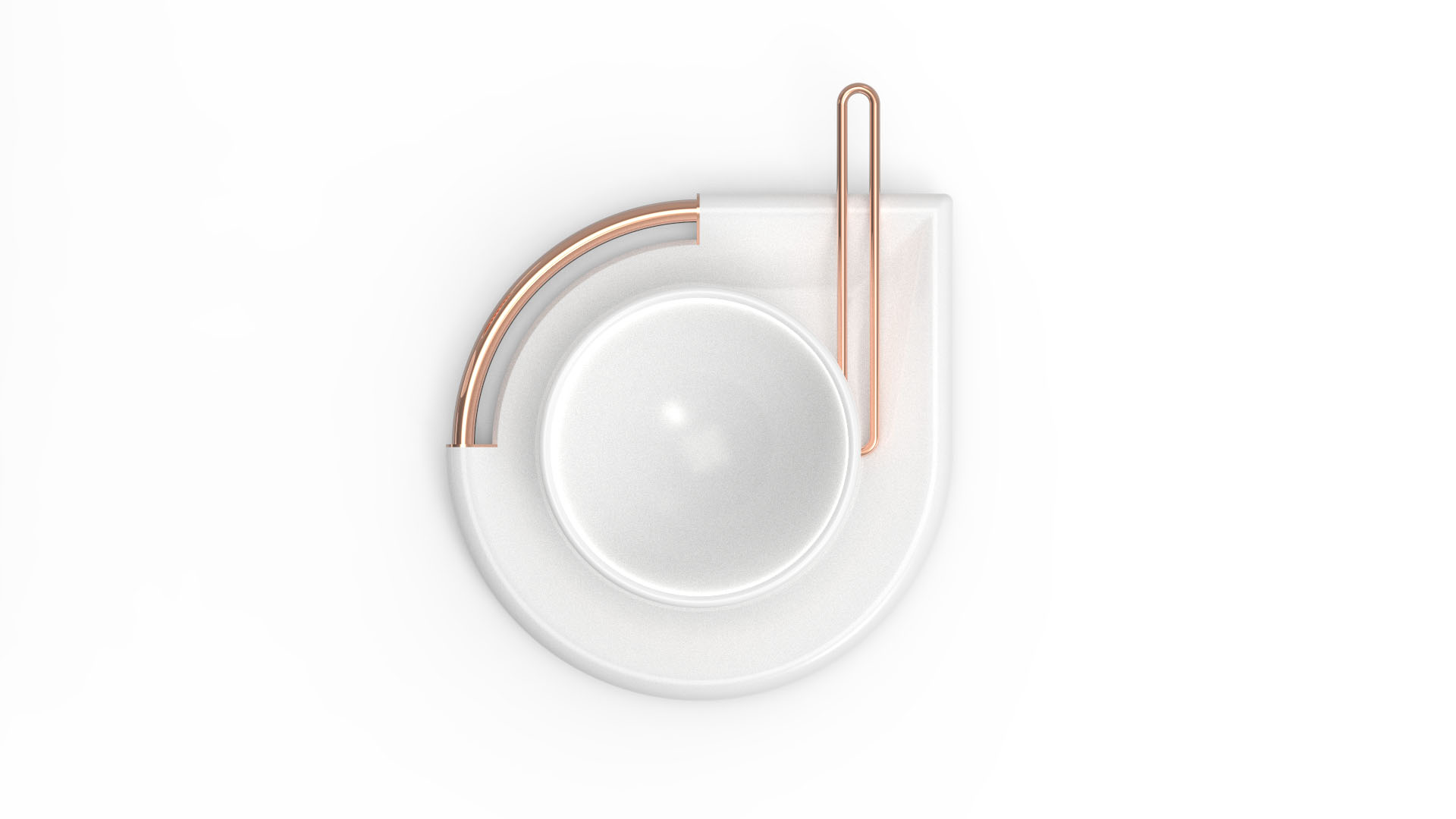Nautilus

Form exploration forces the observation of subtlety, contrast, and rhythm within an object. A well designed object has beauty, strength, and uniqueness, while embracing tradition and craft. It must have interest from all angles, stance, balance, and a presence that creates an experience of desire.
Starting this project was daunting: A family of 12 pieces including a tea pot, coffee pot, sugar with tongs, creamer, a carrying tray, and two cups with saucers and stir sticks. I have never spent so much time on a form focused project. Not knowing what to expect, I planned to be surprised, and knew that I wouldn’t understand what I was learning until the project was over.
Tea drinking is a ritual steeped in tradition. When first introduced to Europe, tea was a luxury reserved for the nobility. Only the most elite could partake. Over time, tea was adopted by the upper and middle classes, and eventually became a staple in the diet of the working class. Today, the simple rituals of coffee and tea inspire tranquility, indulgence, and connection with those closest to you.
OBJECT PHILOSOPHY
The project began with considering the components of the set and how they relate to each other as a family. Are they complimentary or contrasting? Is the identity driven by ultimate consistency or relative feeling? How does the experience of drinking tea influence the design?
INSPIRATION
Inspiration came from a variety of places throughout the process. Much of my inspiration came from the early modern obsession with exotic artifacts, and how that manifests in design today.
“Moderation is a fatal thing. Nothing succeeds like Excess.”
EXPLORATION
I wanted to start broad, exploring different ideas of balance, posture, weight, and hierarchy.
DEVELOPMENT
I pursued flat, graphic silhouettes, using transparency and liquid volume to create composition. Continuities or breaks in form conveyed functional areas for the handle, lid, and spout.
Further exploration of the circular profile led to the discovery of new possibilities that incorporated easily identifiable touchpoints. The graphic silhouette designs were bold and challenging, but lacked directionality and clear use, and would prove very challenging to manufacture.
REFINEMENT
Evaluation and feedback on the sketches and physical models revealed that the design was too one-dimensional. Using the same basic geometric structure as an underlay, organic surfaces were explored in Solidworks. The contoured surfaces softened the hard edges of the form and gave it more movement and direction.
Before the teapot design could be finalized, the concept needed to be broken down into elements and expanded across all pieces of the family. The challenge was to create emphasis in the larger pieces and limit the elements in the smaller pieces, while maintaining balance throughout the set. Each piece needed to be strong individually without overpowering the set. Developing this hierarchy took several iterations of physical and digital models.
FINAL PROTOTYPE
Final production of the appearance model took several manufacturing processes, over a dozen custom jigs, and hundreds of hours of labor. Things got messy.
The final model was 3D printed and painted to imitate ceramic. The copper fittings were manufactured and polished by hand. The final model was displayed at a class exhibition at Pensar in Seattle, WA in June of 2017.
Special thanks to the team at Pensar for their guidance throughout the project, and for welcoming us into their beautiful design space. It was a joy to work with you.
FINAL DESIGN
The resolution of the design was inspired by the form of the nautilus shell. It is elegant and efficient, interrupted for the sake of function alone. The final design was simplified and unified to the most essential functions without losing the elegance of detail. Touch points were created in copper to suggest where objects should be held and used.
